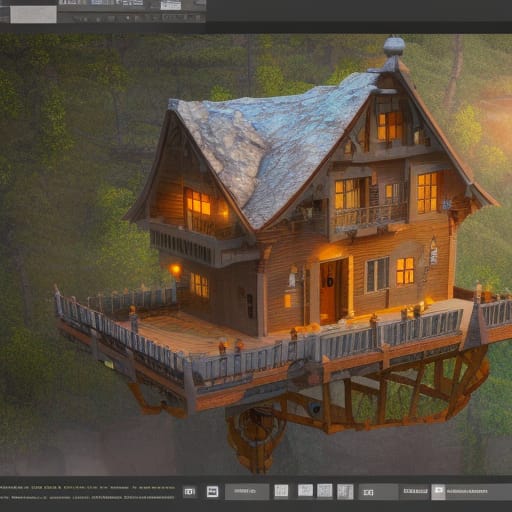I have an engineer who works for me. His responsibilities include ensuring design consistency and best practices across the components in the system. We establish design guidelines and rules for the team to apply in their work, and he performs the grunt work of reviewing and editing everyone’s designs. He is well suited to the role, because he is very methodical, and he has an affinity to documenting and following rules.
Engineering can be divided into two different modes of operation: manufacturing and invention.
I use the term manufacturing in reference to ordinary development. That is, designing based on a strategy of incremental improvement over past designs. This strategy has served the Japanese well in automobiles and consumer electronics. A disciplined approach to engineering with focus on continuous improvement and attention to market forces is the key to success in manufacturing. Manufacturing is about quality of implementation. Manufacturing is about applying best practices and quality process.
Invention is completely different. Invention is not about responding to market demand. It is about using imagination to create new markets, where they never existed before. Invention requires innovative thinking to formulate new ideas and different (hopefully better) practices. Invention is not about applying today’s best practices and rules to incrementally improve. Invention requires the understanding that today’s best is flawed and impeding progress towards a superior possibility that may be highly risky, unproven, and difficult to achieve – but worthwhile to pursue, because it would be revolutionary.
A business needs disciplined engineers, who are skilled at manufacturing. This is where the money is.
My grunt is definitely a manufacturer, not an inventor. He has mediocre design creativity, because he is unable to intuit across a mass of contradictory information and conflicting motivations (resolving the forces), while paying attention to detail. He needs rules to govern his thinking and everyone else’s. Without rules, he is unable to function. He has no intuitive understanding of good design principles. He follows the rules.
An inventor (and every good designer) does not follow the rules. He does not break the rules either. He defines the rules that are appropriate, and he uses them to aid his thinking. Above all, he uses his brain to produce good designs, given the facts in evidence. He leads, where few have the courage to follow.


